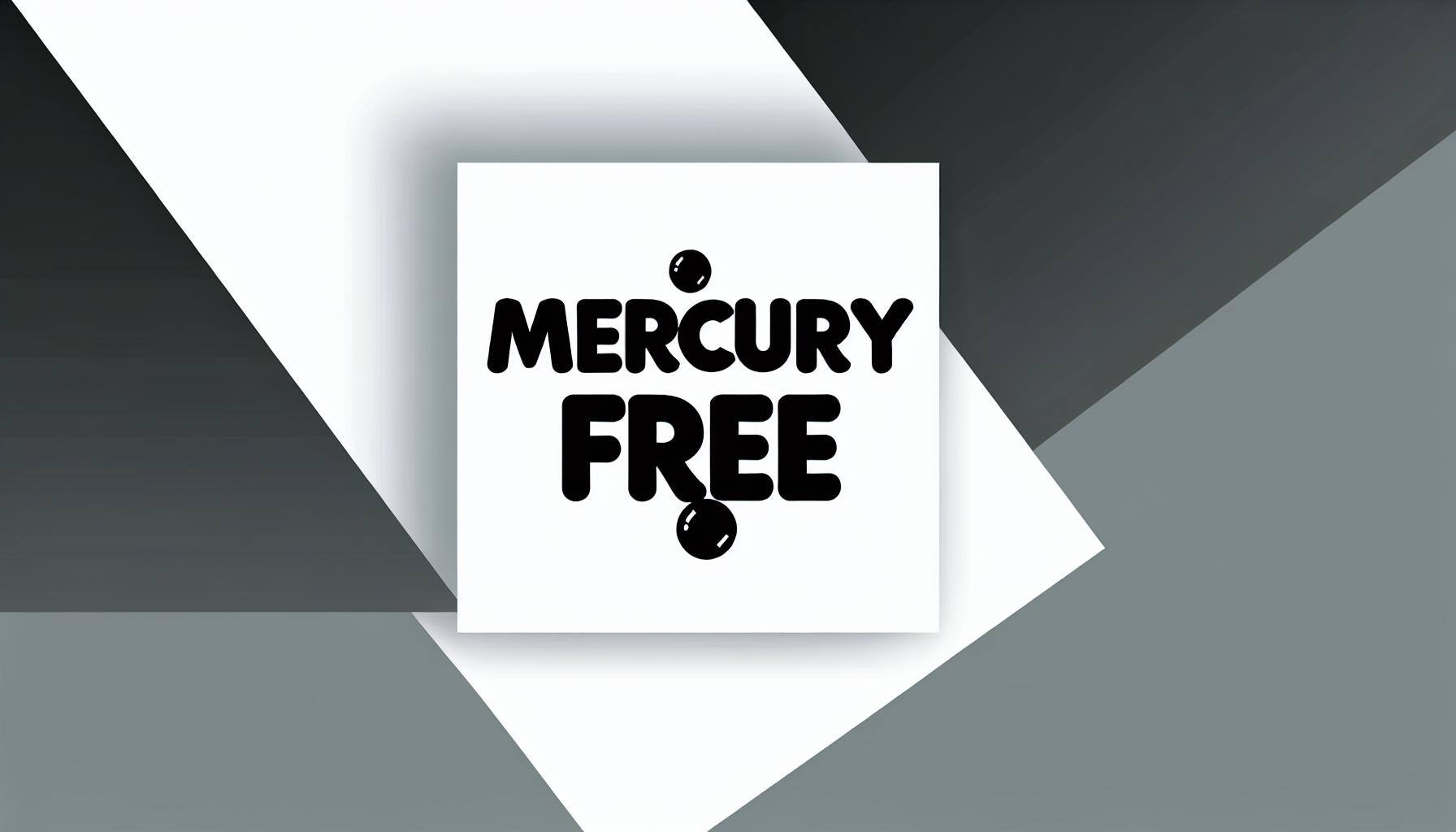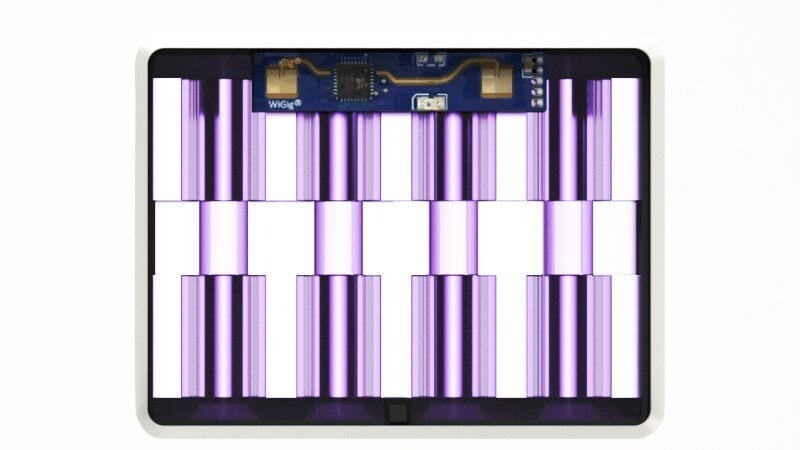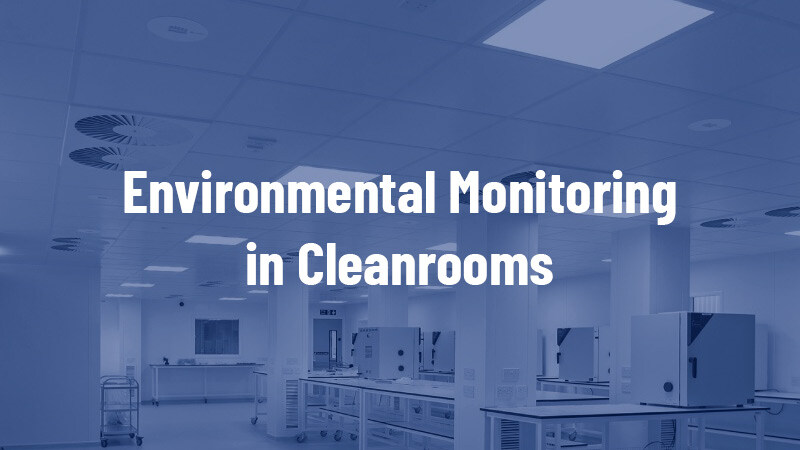5 min read
Why is Far-UVC Safe for Human Exposure?
Emilie Hage Mogensen
:
16 Jun, 2025
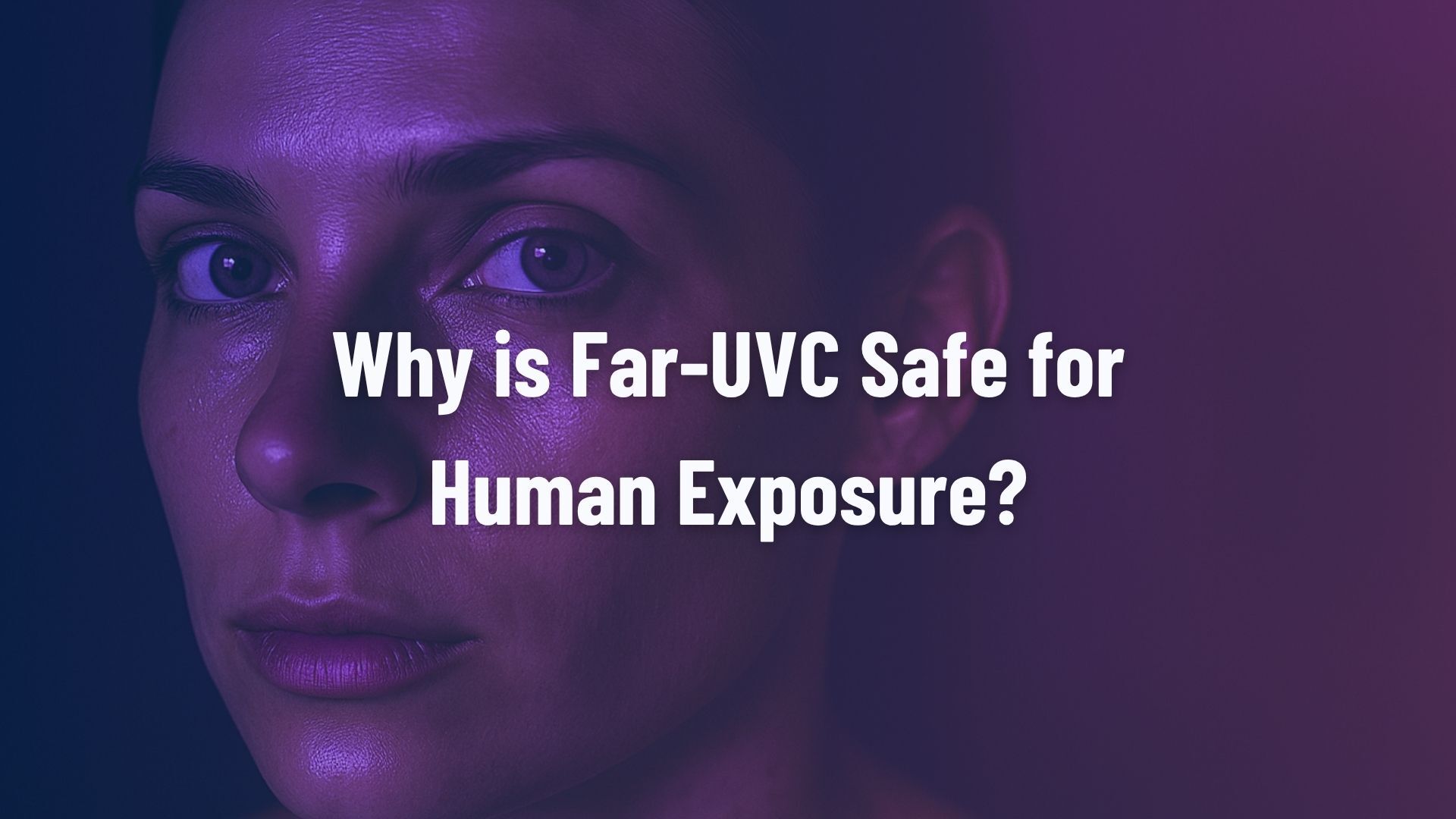
Far-UVC light (typically at 222 nm) is an effective disinfection technology that can inactivate microorganisms without posing a hazard to human health.
In this blog post, we will go over the safety of Far-UVC, which has been studied for over a decade. Below, we summarize some of the key findings from peer-reviewed scientific literature that explain why Far-UVC is considered safe for human exposure, as well as a list of all published safety studies.
Quick Intro to TLVs
Far-UVC safety guidelines are shaped by Threshold Limit Values (TLVs) - standards that define daily exposure levels over 8 hours to ultraviolet light. For reference:
ICNIRP (2006) TLV for 222 nm (used in Europe):
Combined skin and eye: 23 mJ/cm²
ACGIH (2022) TLVs for 222 nm (used in the US):
Eye: 160 mJ/cm²
Skin: 479 mJ/cm²
These thresholds are set by scientific bodies based on available evidence and are periodically revised as new data emerges.
Far-UVC is Absorbed by Protein in Dead Skin Cells
Far-UVC light is strongly absorbed by proteins in the outermost layers of the skin and eyes. Its short wavelength (222 nm) prevents it from penetrating beyond the stratum corneum (the outer dead-cell layer of skin) or the tear film and outermost corneal layer of the eye. This absorption effectively stops Far-UVC from reaching living cells where damage could occur.

Extreme Exposure Study Shows High Safety Margins
A real-world case study found that human skin can tolerate extremely high doses of filtered Far-UVC light. A volunteer exposed his forearms to doses nearly 800 times the ICNIRP TLV (23 mJ/cm²), yet experienced no burns or skin damage. Only at very high doses (above 6000 mJ/cm) did a faint yellowing occur, which faded within hours. Tests confirmed that the effect was superficial and did not reach living skin layers (Eadie et al.,2021).
Long-Term Exposure Evidence on Far-UVC Safety
Multiple long-term studies in mice have confirmed that filtered 222 nm Far-UVC light does not cause tissue damage, even with prolonged exposure.
- In a 66-week study, UV-sensitive hairless mice were exposed to Far-UVC five days a week for eight hours a day at doses far above the ICNIRP TLV (23 mJ/cm²). Researchers found no increase in skin tumors, unusual growths, or tissue changes, and health outcomes were similar to unexposed control groups (Welch et al., 2022).
- To test Far-UVC safety, one study used both normal and UV-sensitive hairless mice, known for their susceptibility to develop UV-induced skin cancer. Despite their vulnerability, no tumors or inflammation developed after repeated 222 nm exposure (Yamano et al., 2020).
- Another study used both normal and UV-sensitive hairless mice, known for their susceptibility to develop UV-induced skin cancer. Despite their vulnerability, no tumors or inflammation developed after repeated 222 nm exposure (Yamano et al., 2020).
A growing body of consistent evidence points to the same conclusion: filtered 222 nm Far-UVC light can provide effective disinfection without harming the skin, even in the long term.
Eye Safety: Evidence from Laboratory and Real-World Studies
One of the most common concerns about UV light is its potential to harm the eyes. However, studies indicate that properly filtered Far-UVC light (222 nm), like UV Medico's products, poses minimal risk, even with regular exposure.
- A study using rats showed that Far-UVC only reaches the very outermost layers of the eye’s surface, the layers that are naturally shed every day. The researchers found that signs of corneal damage didn’t appear until exposure reached at least 3,500 mJ/cm², a level vastly higher than the TLVs. This “lowest observed adverse effect level” is over 150 times higher than the ICNIRP TLV of 23 mJ/cm (Kaidzu et al., 2021).
- Another study used a lab-grown human eye model to study DNA changes at different UV wavelengths. Their findings confirm that Far-UVC only causes minor effects in the very top layers of the corneal surface. Critically, no damage was observed in the deeper, regenerative cells that are essential for long-term eye health, even without the protective tear film (Buonanno et al., 2025).
- Finally, real-world data comes from a 3-year clinical study involving eye doctors working daily under filtered 222 nm Far-UVC lighting. Even after 36 months, no participants showed any signs of eye damage. Vision, corneal health, and eye cell counts remained unchanged, and no discomfort or delayed effects were observed (Sugihara et al.,2024).
After more than a decade of research, the science is clear: filtered Far-UVC light at 222 nm is safe for human exposure when used within the established guidelines. It doesn’t penetrate living skin or eye tissue and has consistently shown no harmful effects, even after long-term use. Whether in healthcare, cleanrooms, or public spaces, Far-UVC offers a promising way to reduce pathogens, safely and continuously
Far-UVC Safety References
-
Further Evidence that Far-UVC for Disinfection is Unlikely to Cause Erythema or Pre‐Mutagenic DNA Lesions in Skin
Barnard et al. - 2020
-
Exposure of Human Skin Models to KrCl Excimer Lamps: The Impact of Optical Filtering
Buonanno et al. - 2021
-
Germicidal Efficacy and Mammalian Skin Safety of 222-nm UV Light
-
Wavelength-dependent DNA damage in human cornea model
-
Ocular and Facial Far‐UVC Doses from Ceiling‐Mounted 222 nm Far‐UVC Fixtures
-
Computer Modeling Indicates Dramatically Less DNA Damage from Far-UVC Krypton Chloride Lamps
-
Extreme Exposure to Filtered Far-UVC: A Case Study
Eadie et al. - 2021
-
Depth Penetration of Light into Skin as a Function of Wavelength from 200 to 1000 nm
-
Exploratory Clinical Trial on the Safety and Bactericidal Effect of 222-nm Ultraviolet C in Humans
-
Safety of 222 nm UVC Irradiation to the Surgical Site in a Rabbit Model
Fukui et al. - 2022
-
Skin Tolerant Inactivation of Multiresistant Pathogens Using Far-UVC LEDs
-
Extending the Acute Skin Response Spectrum to Include the Far‐UVC
-
Viability evaluation of layered cell sheets after ultraviolet light irradiation of 222 nm
Hanamura et al. - 2020
-
Minimal, superficial DNA damage in human skin from filtered far‐ultraviolet C
Hickerson et al. - 2021
-
Improved Spectral Purity of 222‐nm Irradiation Eliminates Detectable CPD
Ivanova et al. - 2022
-
Safety evaluation of far-UVC irradiation on epithelial basal cells in the corneal limbus
-
222 nm Far‐UVC does not cause eye irritation when deployed in office environment
Kousha et al. - 2023
-
Chronic irradiation with 222-nm induces neither DNA damage nor epidermal lesions in mouse skin
Narita et al. - 2018
-
Effect of ultraviolet C emitted from KrCl excimer lamp with or without bandpass filter to mouse epidermis
Narita et al. - 2022
-
Improved Spectral Purity of 222‐nm Irradiation Eliminates Detectable CPD
Ivanova et al. - 2022
-
Re-Evaluation of Rat Corneal Damage by Short-Wavelength UVRevealed Extremely Less Hazardous Property
Kaidzu et al. - 2021
-
222 nm Far‐UVC does not cause eye irritation when deployed in office environment
Kousha et al. - 2023
-
Interventional human ocular safety experiments for 222‐nm far‐ultraviolet‐C
Sugihara et al. - 2024
-
Ocular safety of 222‐nm far‐ultraviolet‐c full‐room germicidal irradiation: A 36‐month clinical observation
Sugihara et al. - 2024
-
One-Year Ocular Safety Observation of Workers and Estimations of Microorganism Inactivation Efficacy
Sugihara et al. - 2022
-
Different biological effects of exposure to 222 and 254 nm
Tavares et al. - 2023
-
Film dosimetry for occupant exposure monitoring within Far-UVC installations
Welch et al. - 2024
-
No Evidence of Induced Skin Cancer or Other Skin Abnormalities after Long‐Term Exposure
Welch et al. - 2022
-
Wavelength‐dependent DNA Photodamage in a 3‐D human Skin Model over the Far‐UVC
Welch et al. - 2022
-
The effect of 222-nm UVC phototesting on healthy volunteer skin: a pilot study
Woods et al. - 2014
-
Modeling of ultraviolet propagation from air to human epidermis with wavelength range of 200–300 nm
Wu et al. - 2022
-
Evaluation of acute reactions on mouse skin irradiated with 222 and 235 nm UV-C
Yamano et al. - 2021
-
Long-term effects of 222-nm ultraviolet radiation C sterilizing lamps on mice susceptible to UV radiation
Yamano et al. - 2020
-
Repetitive irradiation with 222nm UVC non carcinogenic, safe forsterilizing human skin
Yamano et al. - 2020
 UV222™
UV222™ UV222 Linear
UV222 Linear UV222 Downlight
UV222 Downlight Vertex 222
Vertex 222.png) UV222 Pendant
UV222 Pendant.png) UV222 Booth
UV222 Booth.png) UV222 Step-On
UV222 Step-On.png) UV222 Cleanroom Downlight
UV222 Cleanroom Downlight UV222 Dual Downlight 60x60
UV222 Dual Downlight 60x60 UV222 Material Airlock
UV222 Material Airlock UV222 Ambulance
UV222 Ambulance UV222 Compact
UV222 Compact UV222 Industrial
UV222 Industrial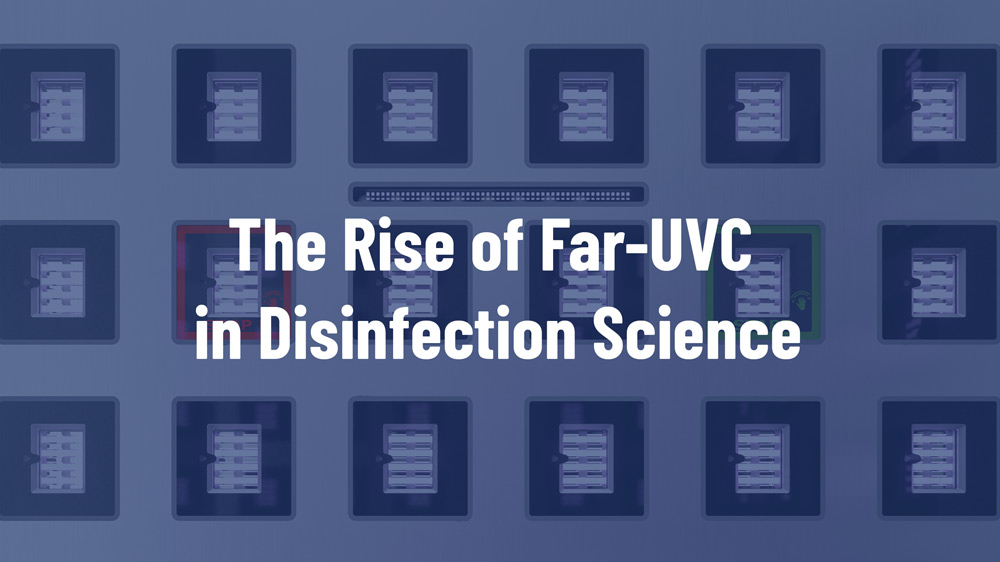
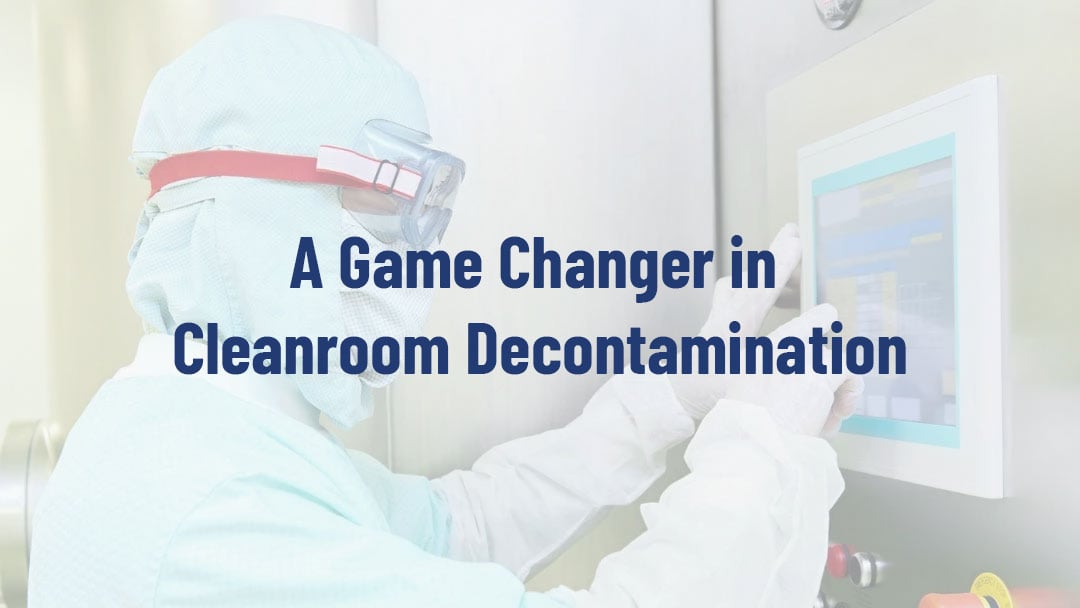
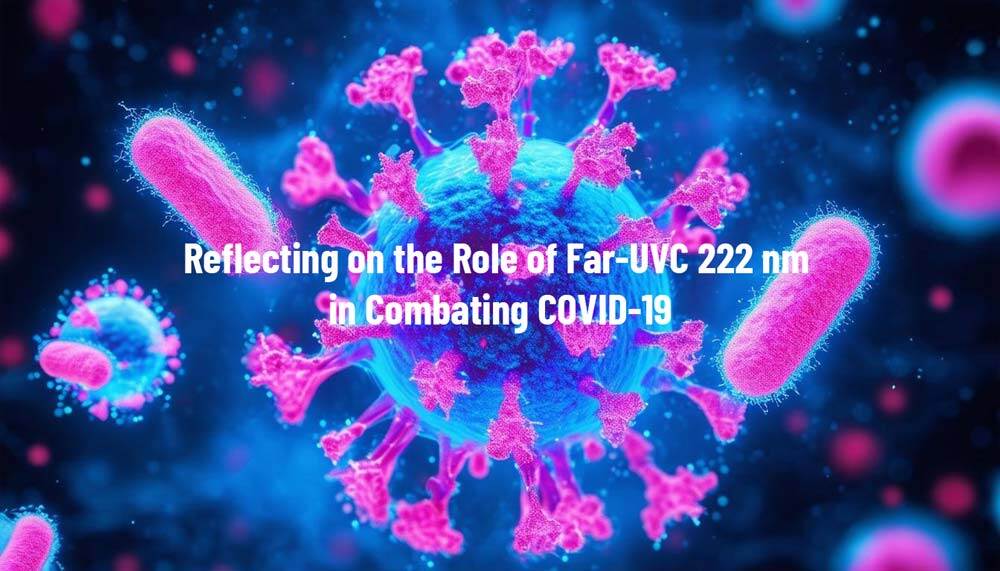
.jpg)
